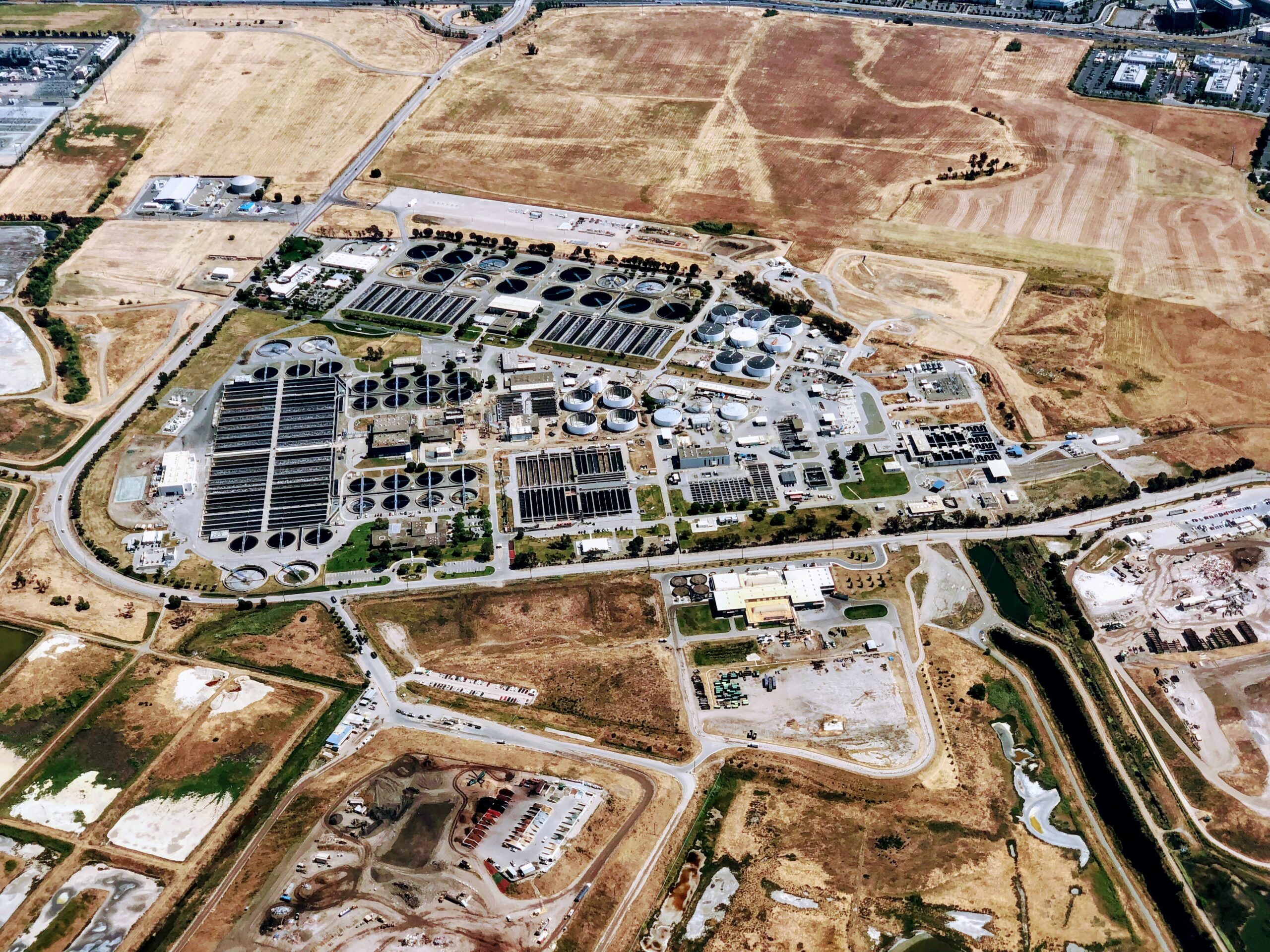
Wastewater treatment uses various physical, biological, and chemical processes to reduce contaminants in wastewater, which can create byproducts. Some of the byproducts can be further treated for reuse in areas such as agriculture and energy recovery. One of the byproducts of wastewater treatment is biosolids.
At the start of a wastewater treatment process, the preliminary treatment process screens large solids out of the wastewater, which can be sent directly to landfills. Primary treatment separates solids that were not captured in the first step. These solids float or settle in tanks before being collected for further treatment to reduce water weight and volume. The secondary treatment processes use biological treatment (microbiology) and physical settling or filtration, which can come in a variety of forms to remove contaminants and produce usable biosolids.
Common secondary treatment processes that can produce a useable biosolid include:
- Extended Aeration Activated Sludge
- Conventional Activated Sludge
- Trickling Filters
- Membrane Bioreactors, which provide secondary treatment and filtration
The extended aeration activated sludge, conventional activated sludge, and trickling filters all utilize secondary clarifiers to separate the biosolids from the treated wastewater. Membrane bioreactors use microfiltration to separate the biosolids.
The Biosolids Treatment Train
Biosolids, unlike inert solids that can be directly sent to landfills, are more complex and require further treatment processes to break down organic substances. A process referred to as the Biosolids Treatment Train is an effective start-to-finish treatment process that transforms wastewater from dilute sludge to a cake or usable byproduct. Combining biosolids treatment processes into a treatment train allows for costs to be optimized over a wide range of design flows.
The goal of biosolids treatment is to create useful end products through wastewater treatment while keeping cost and environmental impact in mind.
End products of biosolids treatment include:
- Compost
- Fertilizer pellets
- Inert materials (ex. ash)
- Reusable energy
- Recycled water to be recovered
Treatment Methods
Biosolids in most public facilities are conveyed through three treatment processes called thickening, digestion, and dewatering. Thickening and dewatering both economically reduce volume of biosolids and recover water for reuse. Thickening only produces about 3 – 6% dry solids, while dewatering will produce about 15 – 50% dry solids. Digestion works to reduce the volume of solids and can produce energy as an end product.
Selection of treatment methods is based on meeting the client’s specific needs, taking into account environmental impact, footprint, cost, and intended use. Thickening is typically a less expensive process per pound of solids than dewatering. Dewatering is typically a more expensive and space-consuming process, and pairing the two together to have thickening upstream of dewatering can help reduce both cost and size of dewatering equipment in some cases.
Thickening has traditionally been performed using one or more of the following biosolids treatment technologies:
- Gravity Thickener
- Dissolved Air Flotation
- Gravity Belt Thickener (GBT)
- Rotary Drum Thickener
- Screw Thickener
Dewatering takes dilute, liquid sludge and turns it into a “cake” using one or more of the following technologies:
- Drying Bed
- Belt Filter Press
- Screw Press
- Centrifuge
Selecting the right biosolids treatment train can create many opportunities to focus on a healthier climate, increase efficiency and productivity, and to cut operation and maintenance costs. It’s not too late to board the Biosolids Treatment Train!



